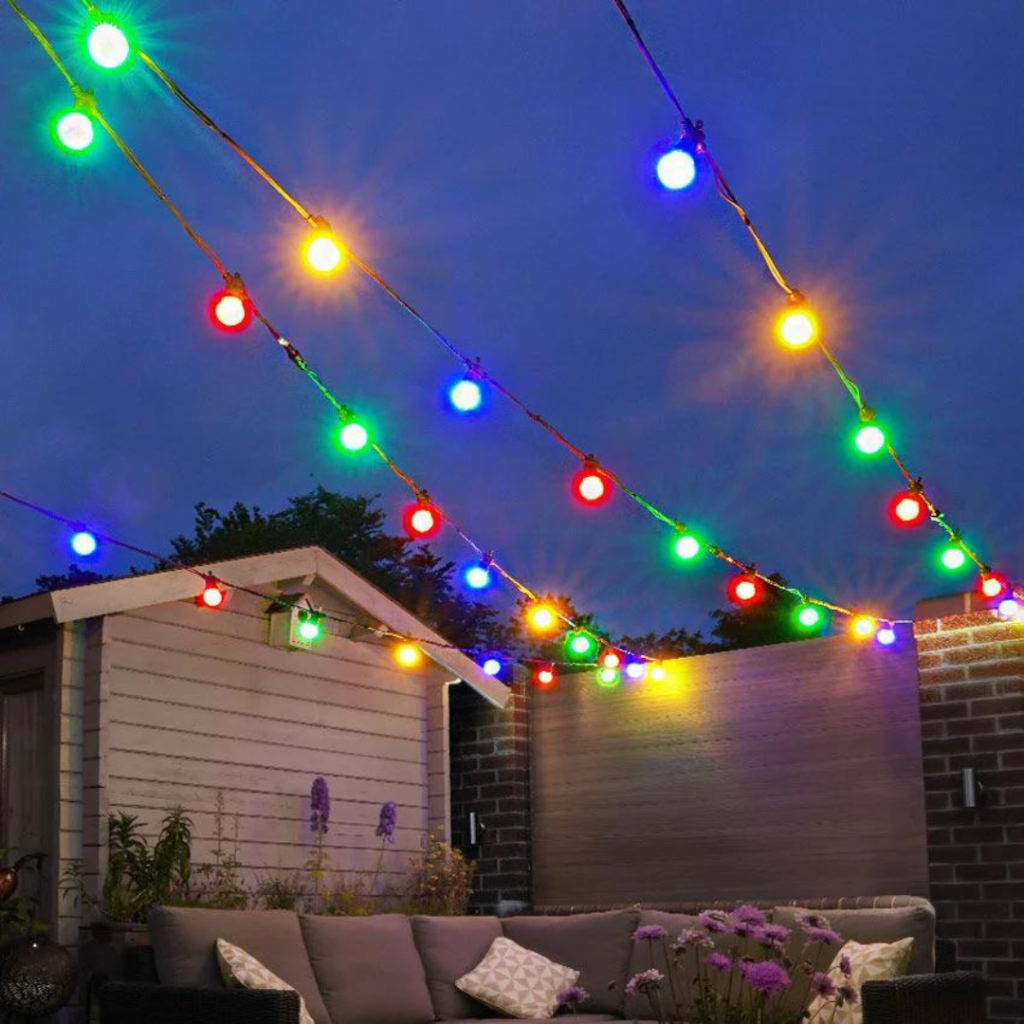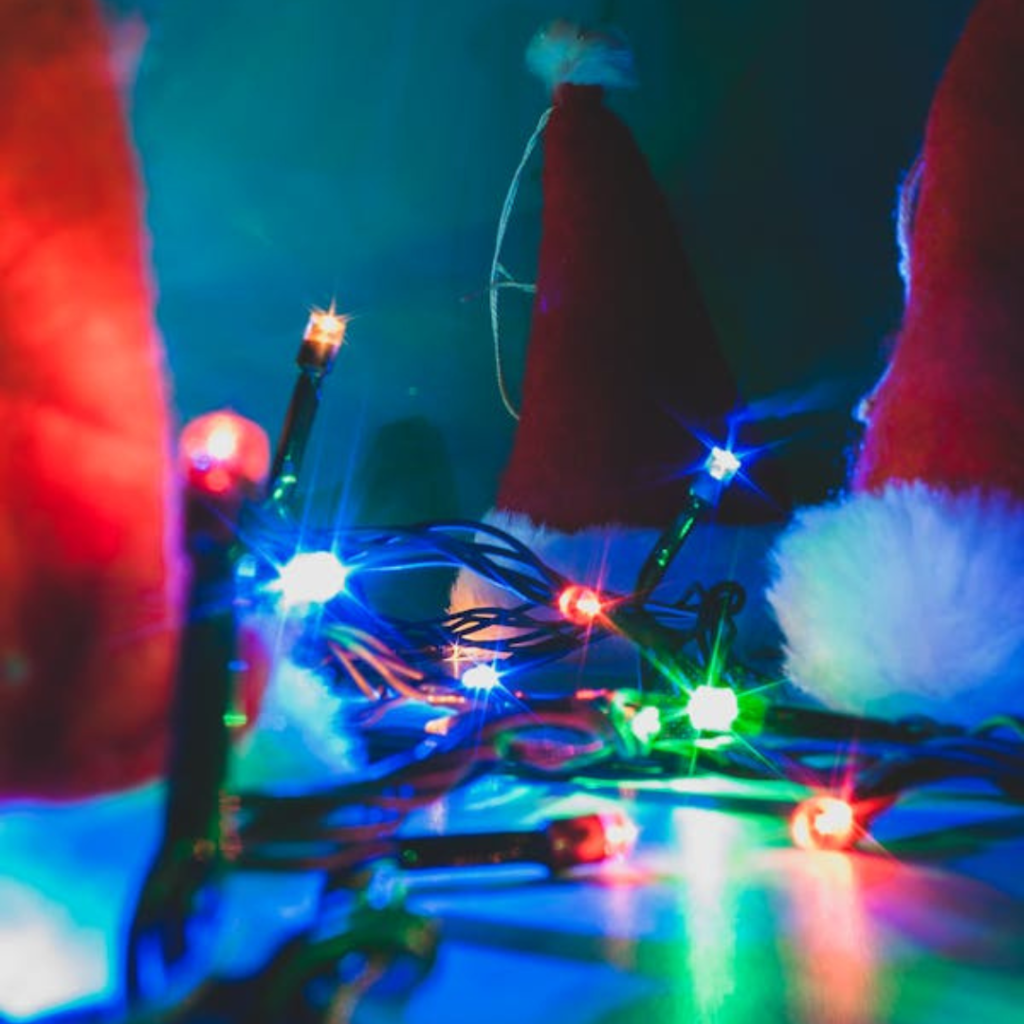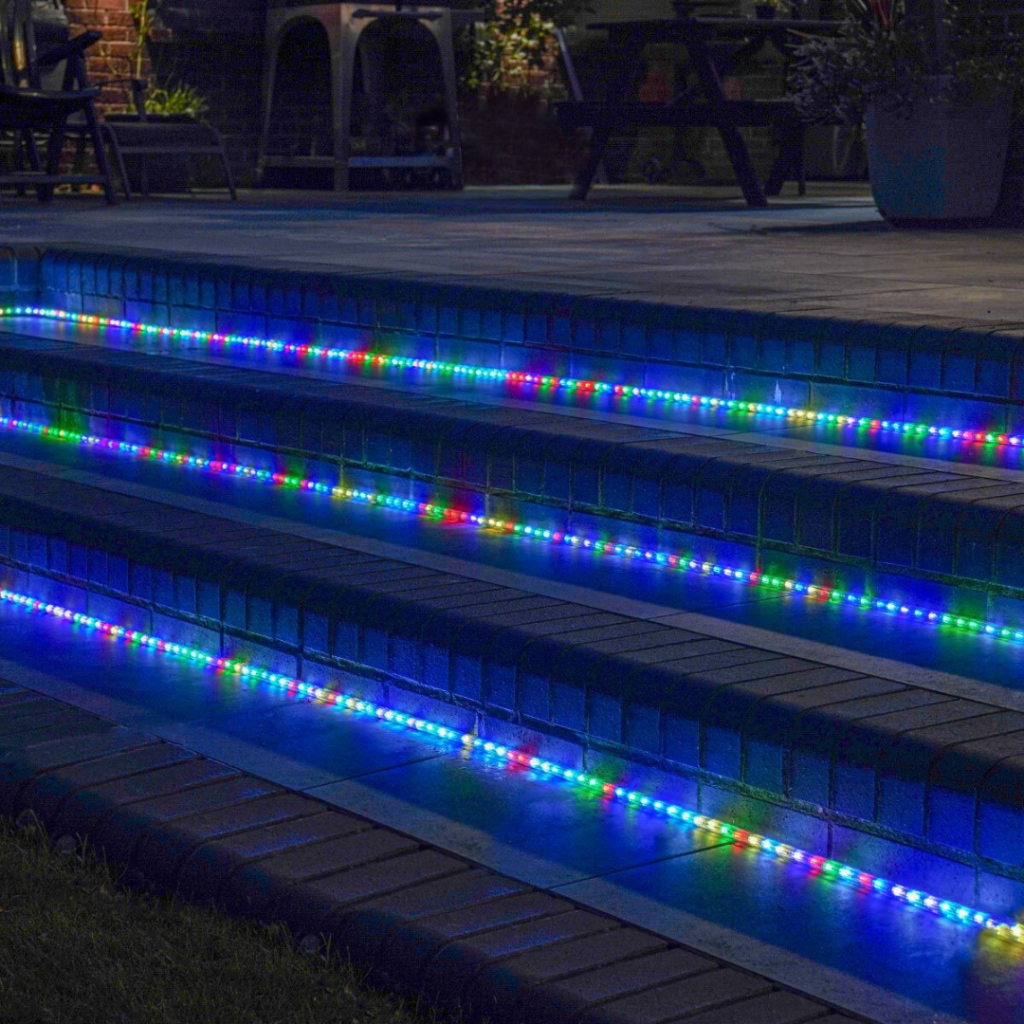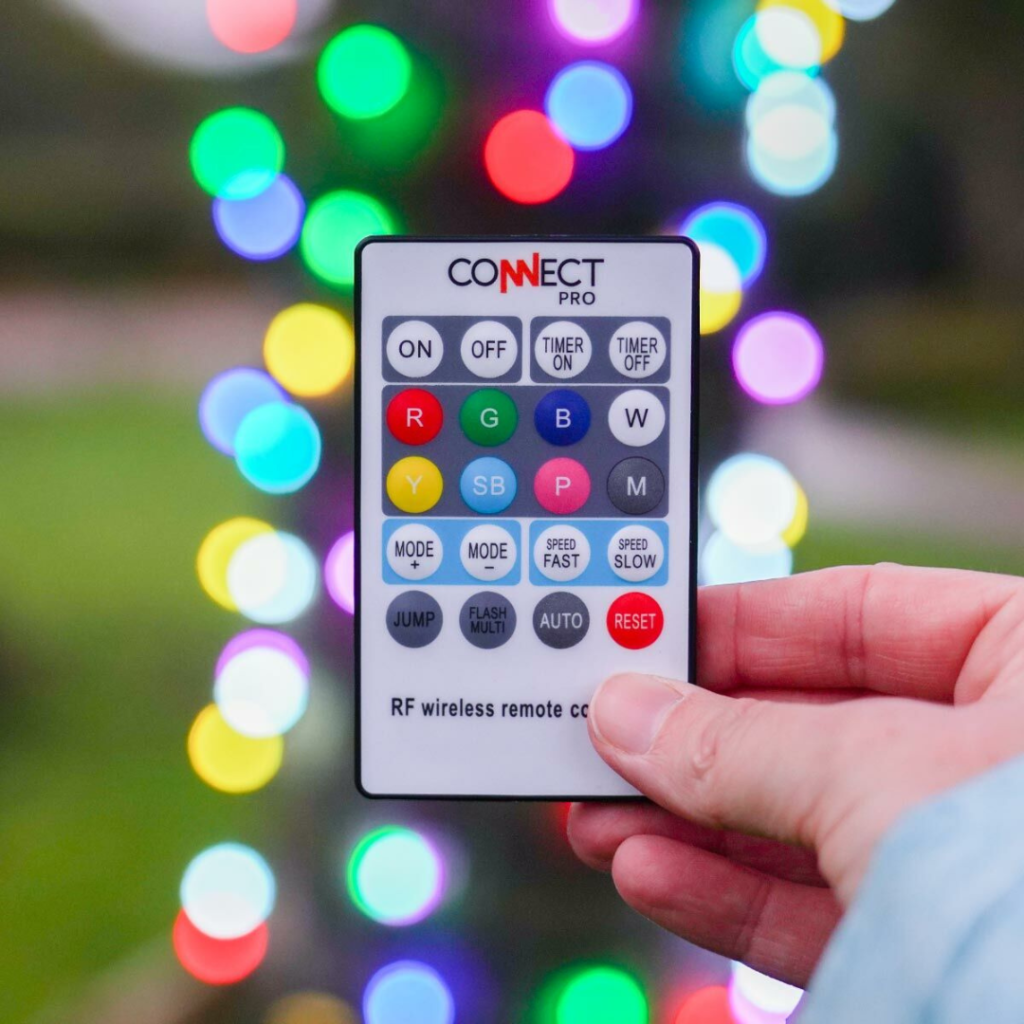In recent years, the demand for colour changing lights has surged. This may be owing to their creative capabilities, flexibility and versatility. In short, people love having options, and what gives you more options than LEDs capable of producing countless colours?
These lights have found their way into homes and businesses alike, illuminating spaces with their spectrum of colour both inside and out. At present, you’ll be hard-pressed to see a teenager’s bedroom lacking colour changing LED lights, but these colourful lights also work great in outdoor spaces such as steps or on roof trims.
At the heart of this vibrant phenomenon lies RGB technology, capable of producing over 16 million hues of light, offering not just illumination but an immersive experience.
Understanding RGB/Colour Changing Lights

RGB lights harness the power of red, green and blue LED light sources, allowing the user to create or experience a colour that’s limited only by imagination. Depending on the type of colour changing lights, the user will be able to choose their preferred colour, or the lights will simply cycle through a selection of preset colours. Each RGB LED has three tiny lights inside it – one red, one green, and one blue. By changing the brightness of these 3 light colours, the LEDs create different shades. For example, if the red and green lights are bright but the blue light is dim, the LED will look yellow.

Whether it’s the gentle glow of calming blue, the fiery passion of red or the soothing embrace of green, RGB lights are capable of conjuring any shade within the colour spectrum. Some lights are controllable with an RGB controller or a smartphone app, such as Twinkly professional lighting.
This versatility makes them indispensable in settings where ambience is paramount, from cosy living rooms to dynamic stage performances.
Additive Colour Mixing

Additive Colour Mixing is at the heart of RGB LED light capabilities. Unlike traditional colour blending that involves the subtraction of wavelengths, additive colour mixing combines red, green and blue light in differing intensities to produce a diverse range of shades. Each diode contributes a unique wavelength to create a kaleidoscope of colours. This innovative approach to colourful lights not only adds to the versatility of RGB LED lights, but also serves as a testament to the power of technology shaping our visual experiences.
Efficiency of RGB/Colour Changing Lights

The efficiency of LED technology can not be overlooked. Compared to their traditional incandescent counterparts, LEDs are up to 80% more energy-efficient, casting a brilliant bright light whilst consuming minimal power.
Some may wonder if colour-changing LEDs use more energy than white LEDs, but actually; white lights are the most energy-consuming LED colour, with lighter colours being more energy-intensive. The difference however is minimal, with LEDs as a whole offering in the region of 50,000 hours of light, equivalent to 14 years if you use the lights for 10 hours each day.
Coming Soon: Colour Connect- Festive Lights Colour Changing Lights
Festive Lights are proud to say that we have our very own collection of innovative colour changing lights coming soon! This range will be available over the coming months so be sure to keep your eyes peeled.
Our Colour Connect range offers the same premium-quality connectable lighting that we are known and loved for, with the ability to have the LED lights set to any colour with a range of functions, limited only by your imagination.
Colour Connect is a brand-new connectable lighting system, working the same way as our ConnectGo, ConnectPro and FestoonPro systems. These lights will allow your imagination to run wild, creating a myriad of colours throughout all seasons of the year. Think multi-colour Christmas lights adorning your home or business exterior, or the glow of pink lighting in your bedroom, the possibilities are endless.
These top-quality lights will be app-controlled, meaning you’ll be able to change the colour and function through the ease of a smartphone app. The next generation of lighting will be literally at your fingertips.
Is There a Difference Between RGB and Colour Changing Lights?
In short, no there isn’t. The technology used is the same in each light, with the red, green and blue LEDs combining to create any colour on the spectrum, no matter how the lights are programmed to work.
There are differences in the ways in which RGB colour-changing lights are presented however.
Some lights allow the user to control the exact shade that will be seen emitted from the LEDs. This can be done with a smartphone app that will have the user physically slide a colour selector to choose the colour, brightness and intensity; or with a remote control compatible with the lights.

Another option would be that a remote control or app will have preset colours that the user can choose from such as red, green, blue pink for example. This will limit the colour and brightness options but will allow the LEDs to change colour nonetheless, with the colours remaining static.
The third is an option we often see in multi-colour Christmas lights, where colours will seamlessly cycle through differing options, without the user being able to choose which colour comes where, or how long they remain on for.
In conclusion, RGB and colour-changing lights represent more than just a practical lighting solution; they are a gateway to a world of boundless creativity and expression. From the subtle glow of a sunrise to the dazzling brilliance of a rainbow, these lights have the power to transform any space into a luminous masterpiece. With their energy efficiency, longevity, and endless array of colours, RGB LEDs are not just illuminating the present but shaping the future of lighting.
So, let your imagination run wild and immerse yourself in the mesmerising world of RGB and colour-changing lights.